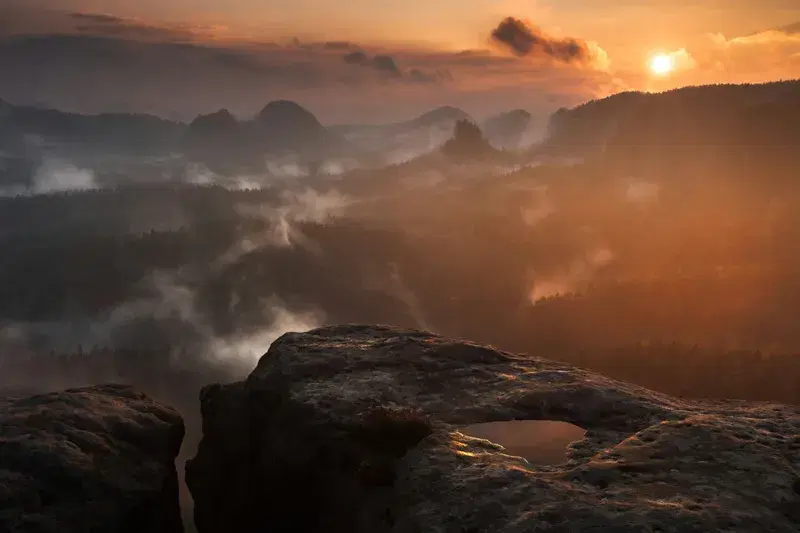Mastering Sunrise Photography: Tips and Tricks for Stunning Shots


Mastering Sunrise Photography: Tips and Tricks for Stunning Shots
Capturing the breathtaking beauty of dawn can be one of the most rewarding experiences for any photographer. Sunrise photography not only offers stunning visuals but also provides a tranquil moment to reflect and appreciate nature's artistry. In this article, we will explore essential camera settings, techniques, and tips to help you master landscape photography at sunrise, ensuring your images are infused with vibrant colors and captivating details.
1. The Magic of the Golden Hour
The period just before and after sunrise is often referred to as the golden hour. During this time, the light is soft and warm, creating a perfect backdrop for striking photos. The unique light gradient during sunrise can enhance the colors in the sky and landscape, making it an ideal time for photography.
Tip: Arrive Early
To capture the full spectrum of colors, arrive at your location at least 30 minutes before the sun rises. This allows you to set up your equipment and witness the changing light conditions.
2. Essential Camera Settings
To achieve the best results in sunrise photography, understanding your camera settings is crucial. Here are some recommended settings:
- Aperture: Use a small aperture (high f-stop number) such as f/8 to f/16 to ensure a greater depth of field, which is vital for landscape photography.
- ISO: Keep your ISO low (100-200) to minimize noise, especially in the low-light conditions of dawn.
- Shutter Speed: Depending on the light, you may need to adjust your shutter speed. A slower shutter speed can capture the smoothness of water or mist, while a faster shutter speed is useful for freezing movement in the landscape.
Tip: Use a Tripod
A sturdy tripod is essential for keeping your camera steady during long exposures. This will help you capture sharp images, especially in low light.
3. Composition Techniques
A well-composed photograph can elevate your sunrise shots from ordinary to extraordinary. Here are some composition techniques to consider:
- Rule of Thirds: Position the horizon line one-third from the top or bottom of your frame. This creates balance and draws the viewer's eye into the scene.
- Leading Lines: Use natural lines in the landscape, such as pathways or rivers, to guide the viewer's eye towards the sunrise.
- Foreground Interest: Incorporate elements in the foreground, such as rocks, trees, or flowers, to add depth and context to your image.
Tip: Experiment with Angles
Don't be afraid to change your perspective. Shoot from different angles and heights to find the most captivating composition.
4. Embrace the Mist
One of the most enchanting elements of sunrise photography is the mist that often hangs in the air during the early morning hours. Mist can add a layer of mystery and softness to your images, enhancing the overall mood.
Tip: Capture Reflections
If you are near water, look for opportunities to capture reflections of the sunrise and mist in the water. This can create stunning mirror-like images that are visually striking.
5. Post-Processing Tips
After capturing your stunning sunrise shots, don't forget about the power of post-processing. Here are some quick tips:
- Adjust Contrast: Increase contrast to make the colors pop and give your images a professional finish.
- Enhance Colors: Use saturation and vibrance adjustments to emphasize the beautiful hues of the sunrise.
- Sharpen Details: Apply sharpening selectively to enhance the details in the landscape, especially if you have used a lower shutter speed.
Conclusion
Mastering sunrise photography takes practice, but with the right camera settings, composition techniques, and an appreciation for the beauty of nature, you can create stunning images that capture the magic of dawn. Remember, patience and preparation are key. So grab your camera, head out early, and enjoy the serene beauty of the rising sun. Your next breathtaking photograph of mountains surrounded by mist awaits!
For more insights and tips on photography and videography, stay tuned to our blog!